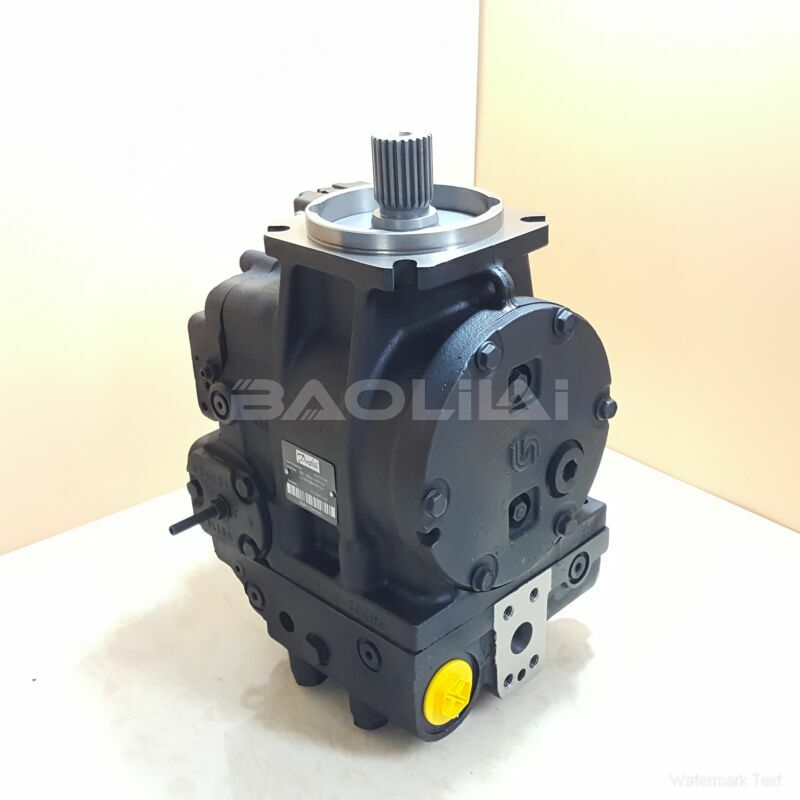90L055KA5BC60S3S1C00GBA353524 hydraulic pump
90L055KA5BC60S3S1C00GBA353524 hydraulic pump

- Product Details
- Applicable Scene
The petrochemical industry plays a pivotal role in the global economy by converting natural resources into valuable products such as fuels, plastics, and chemicals. At the heart of many petrochemical processes lies the reactor system, where various chemical reactions occur. To ensure optimal performance and maximum yield, the design of hydraulic oil pumps used in these systems is crucial. This article explores the key considerations and strategies for designing hydraulic oil pumps tailored for petrochemical reactors.
90L055-KA-5-BC-60-S-3-S1-C-00-GBA-35-35-24
90L055KA5BC60S3S1C00GBA353524
The primary function of hydraulic oil pumps in petrochemical reactor systems is to circulate hydraulic fluid that helps regulate temperature, pressure, and flow rates within reactors. The design of these pumps must account for several critical factors to achieve maximum efficiency and yield.

701573
One of the foremost considerations is the selection of materials. Petrochemical environments can be highly corrosive and involve high temperatures and pressures. Hence, pumps should be constructed with materials that can withstand these conditions without premature failure. Stainless steel, high-performance alloys, and specialized coatings may be required to enhance durability and longevity.
Another critical factor is the pump’s flow rate and pressure capability. The design must ensure that the hydraulic oil pump delivers the required flow and pressure to maintain optimal reactor conditions. This involves careful calculations based on the specific reactor design, the viscosity of the hydraulic fluid, and the desired operational parameters. Utilizing advanced simulation software can help engineers predict how different pump designs will perform under various conditions, allowing for more informed design choices.
Energy efficiency is also pivotal in pump design, particularly in large-scale petrochemical operations where energy costs can significantly impact overall profitability. Designers must consider hydraulic efficiency and aim to minimize energy losses through friction and turbulence. The design should incorporate features such as efficient impellers, optimized geometry, and variable-speed drives to allow for precise control of flow rates and pressure, thereby reducing energy consumption.





